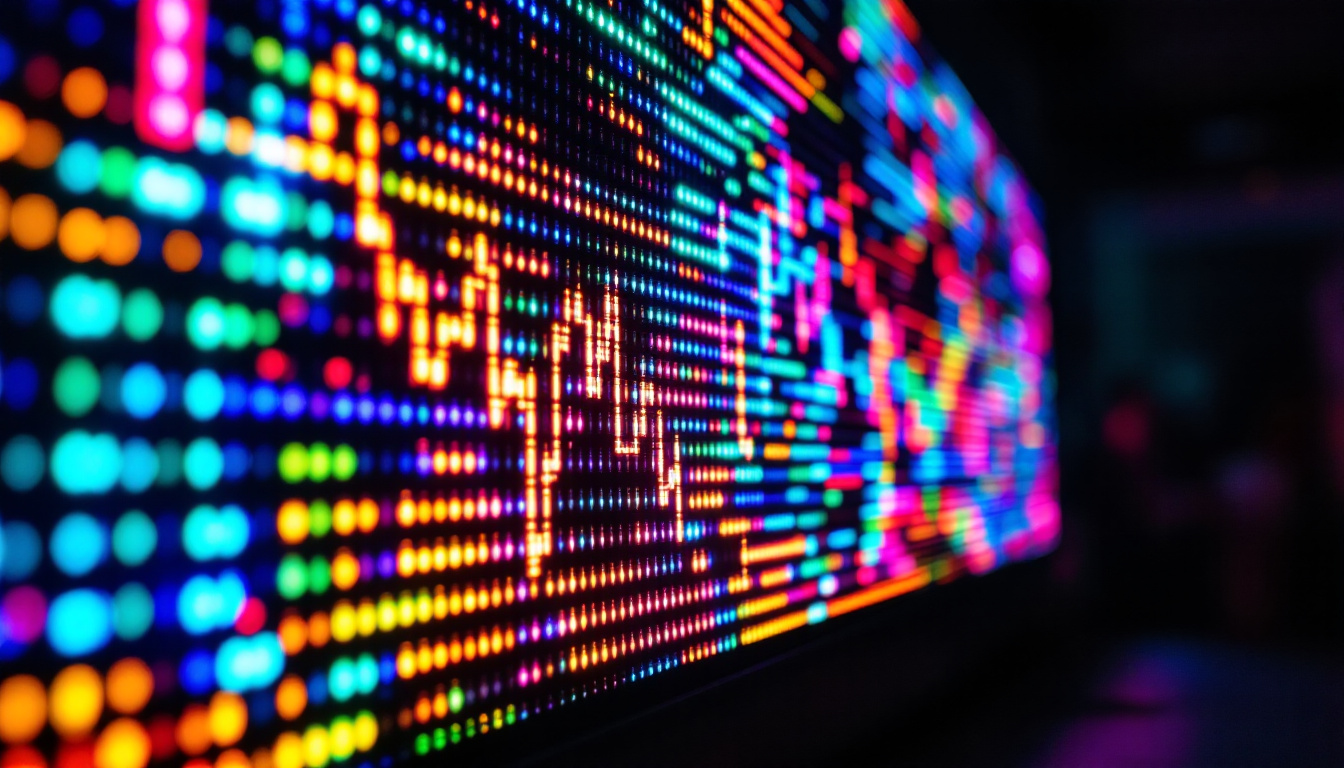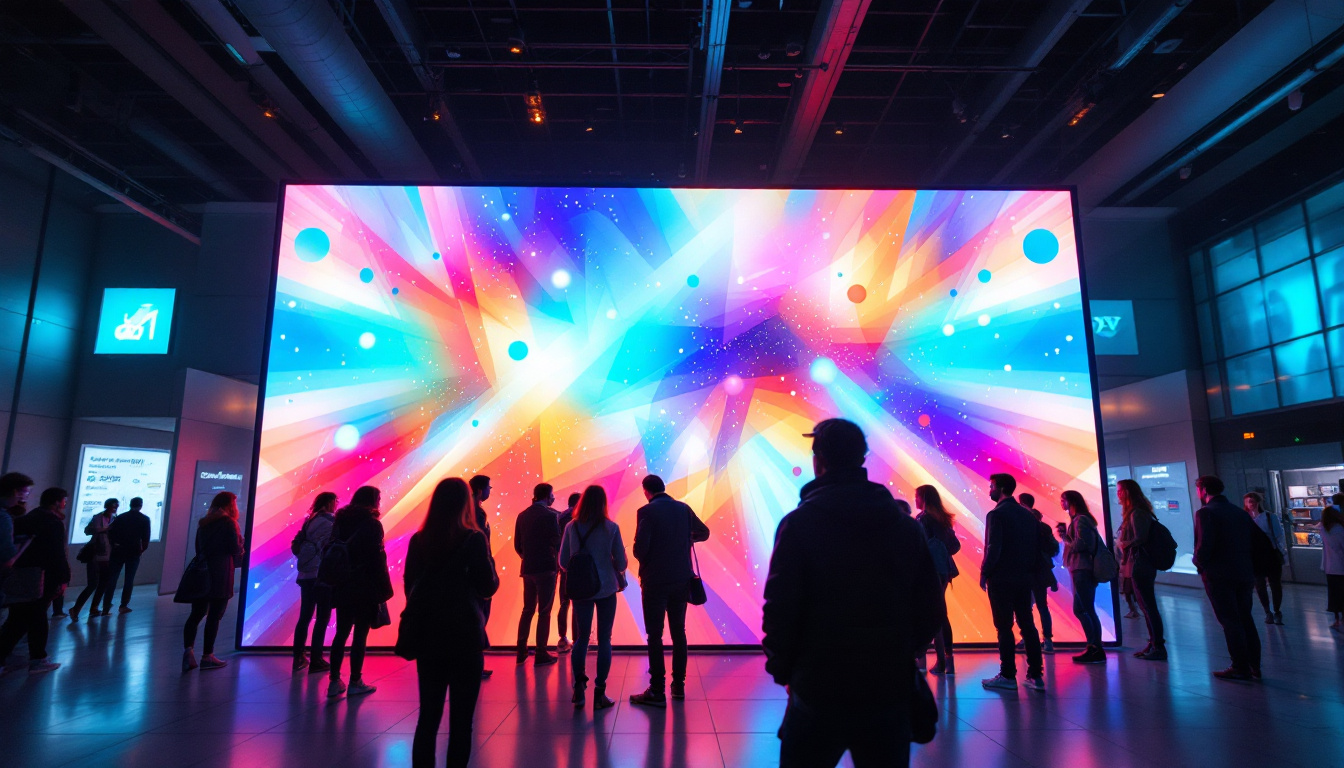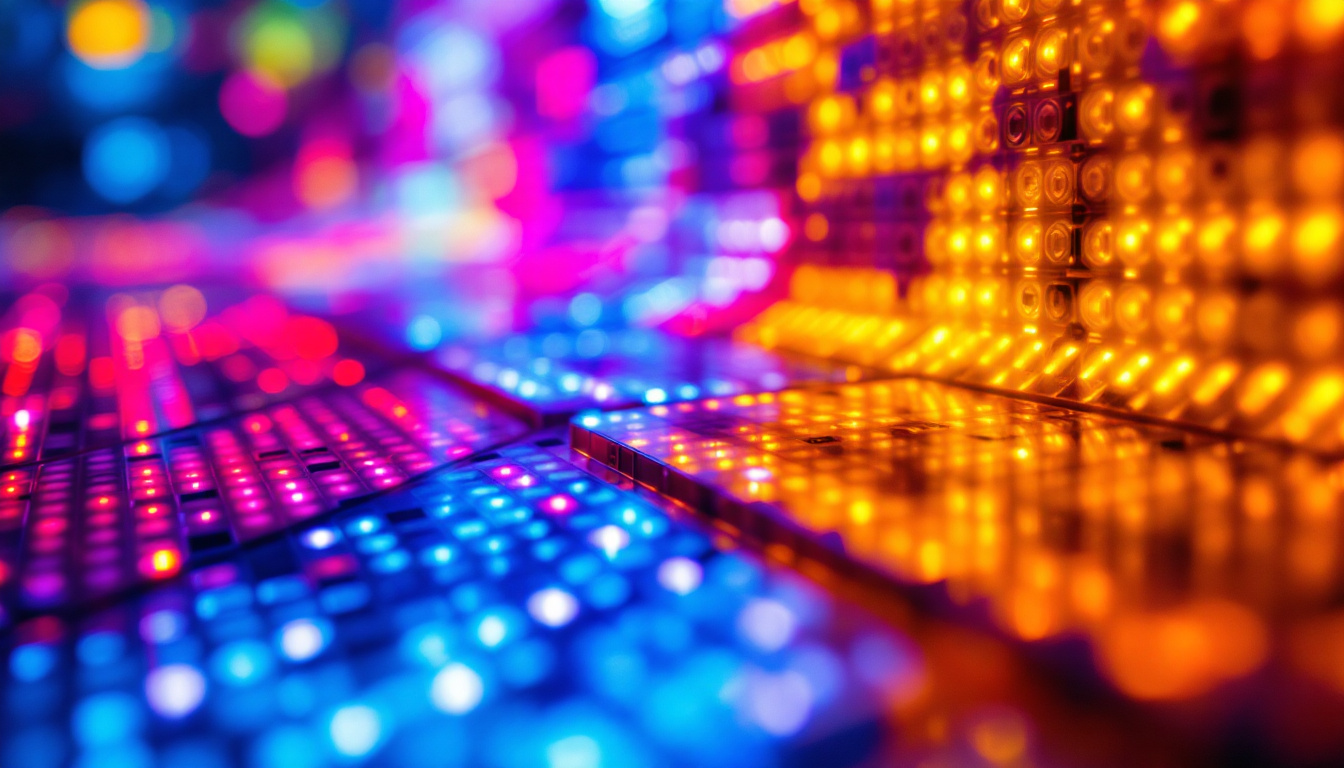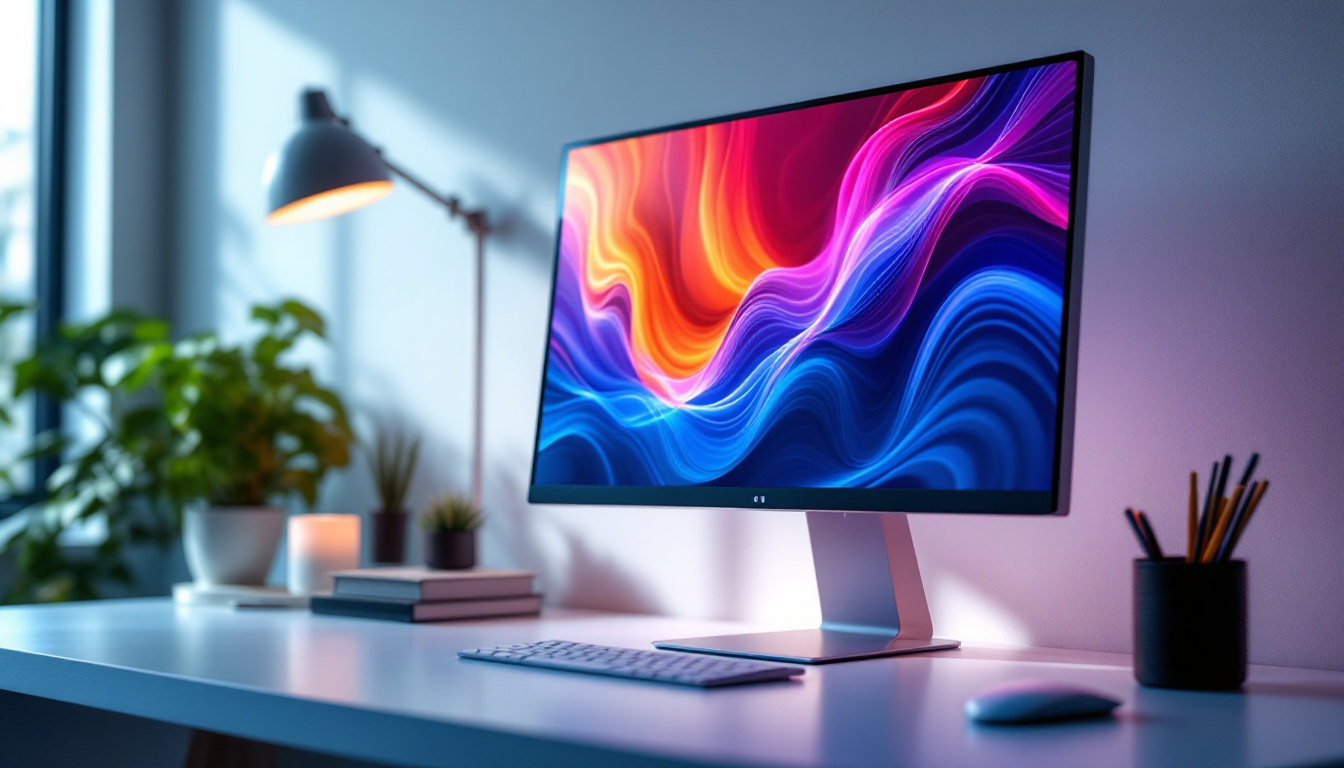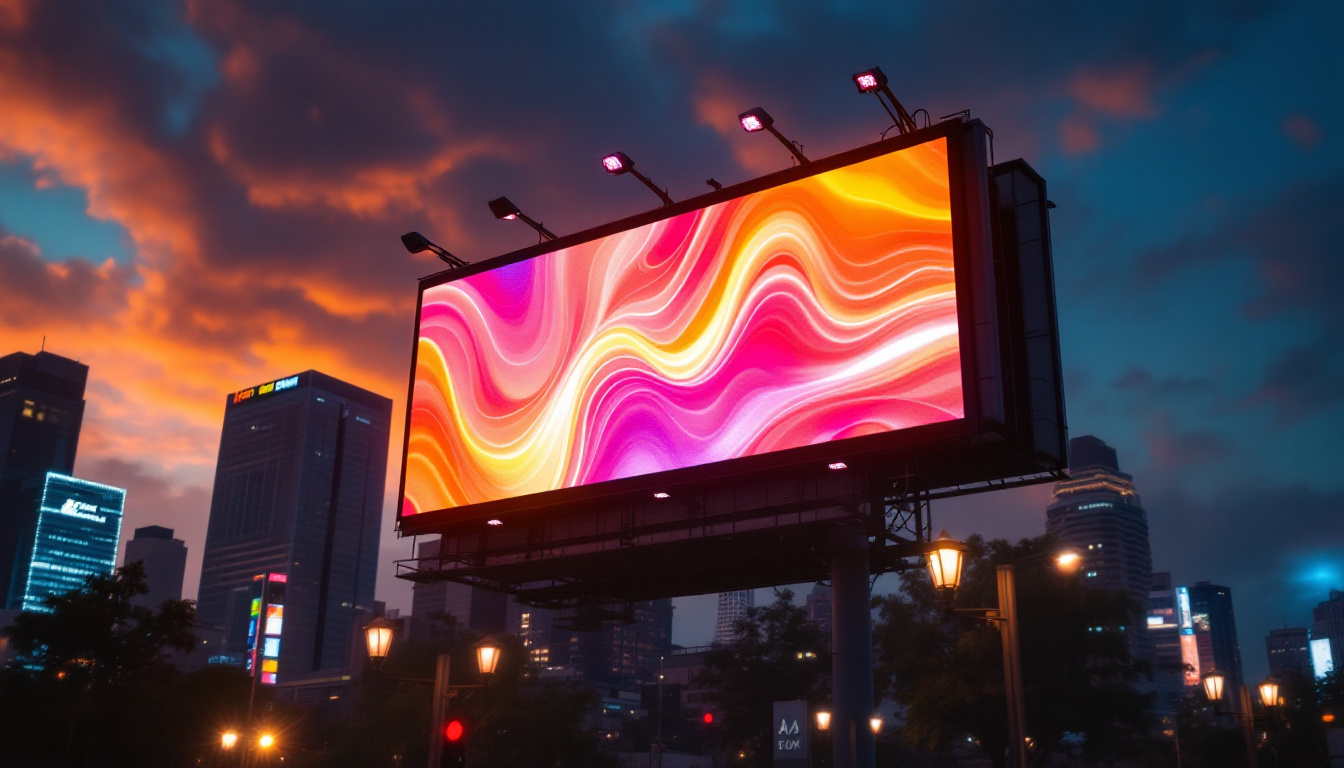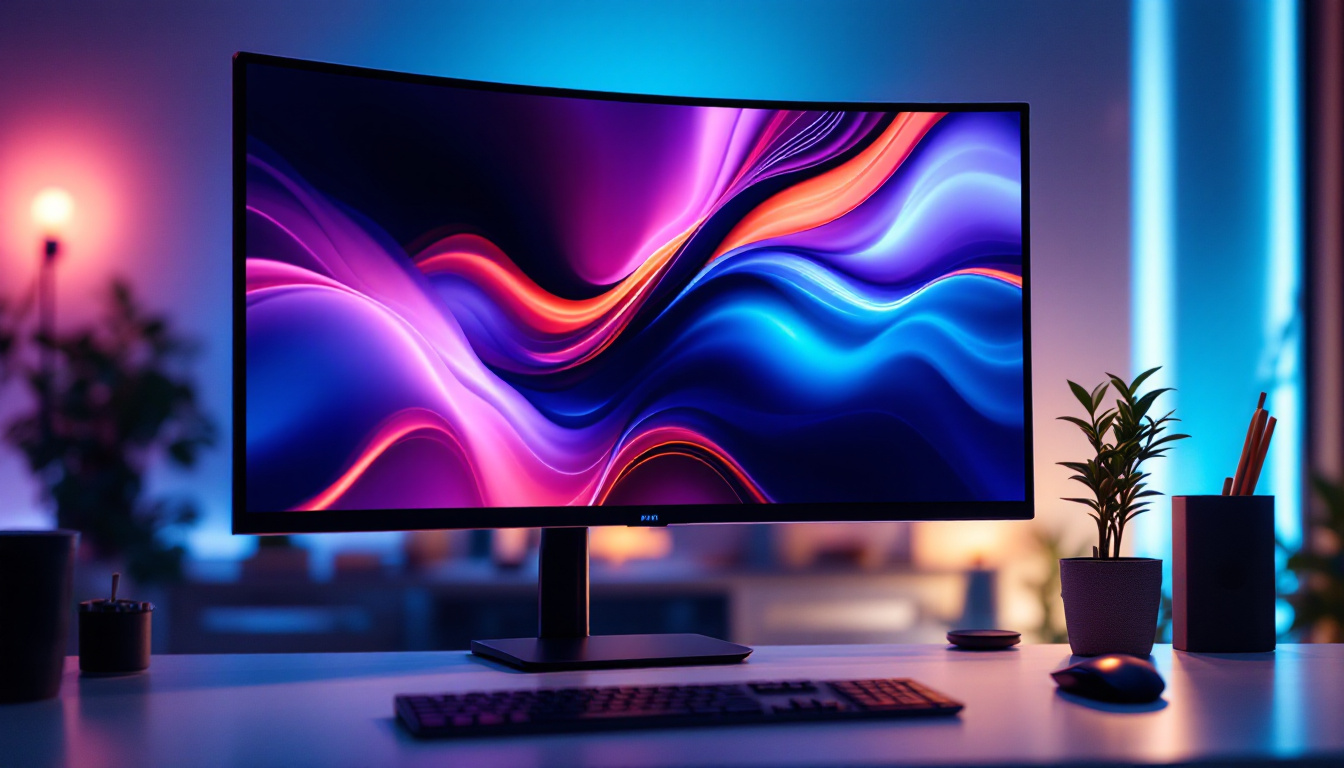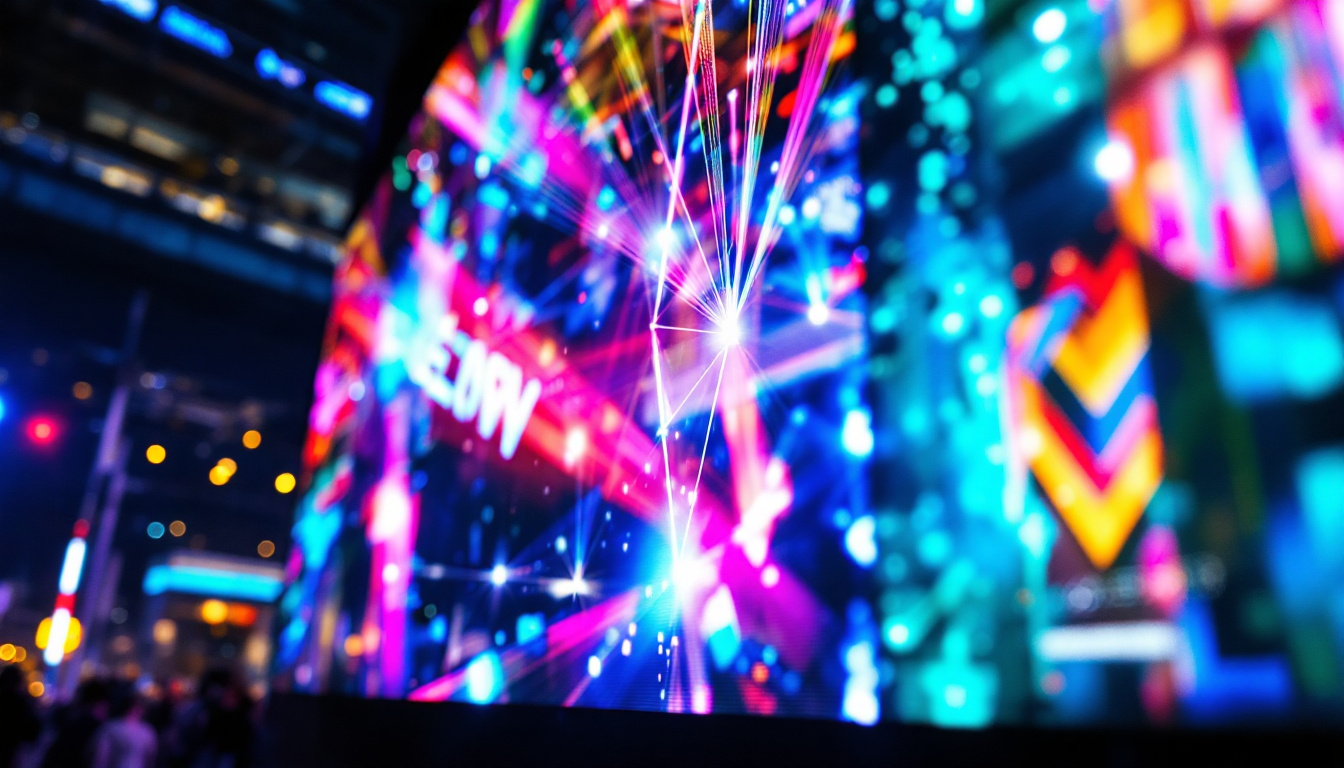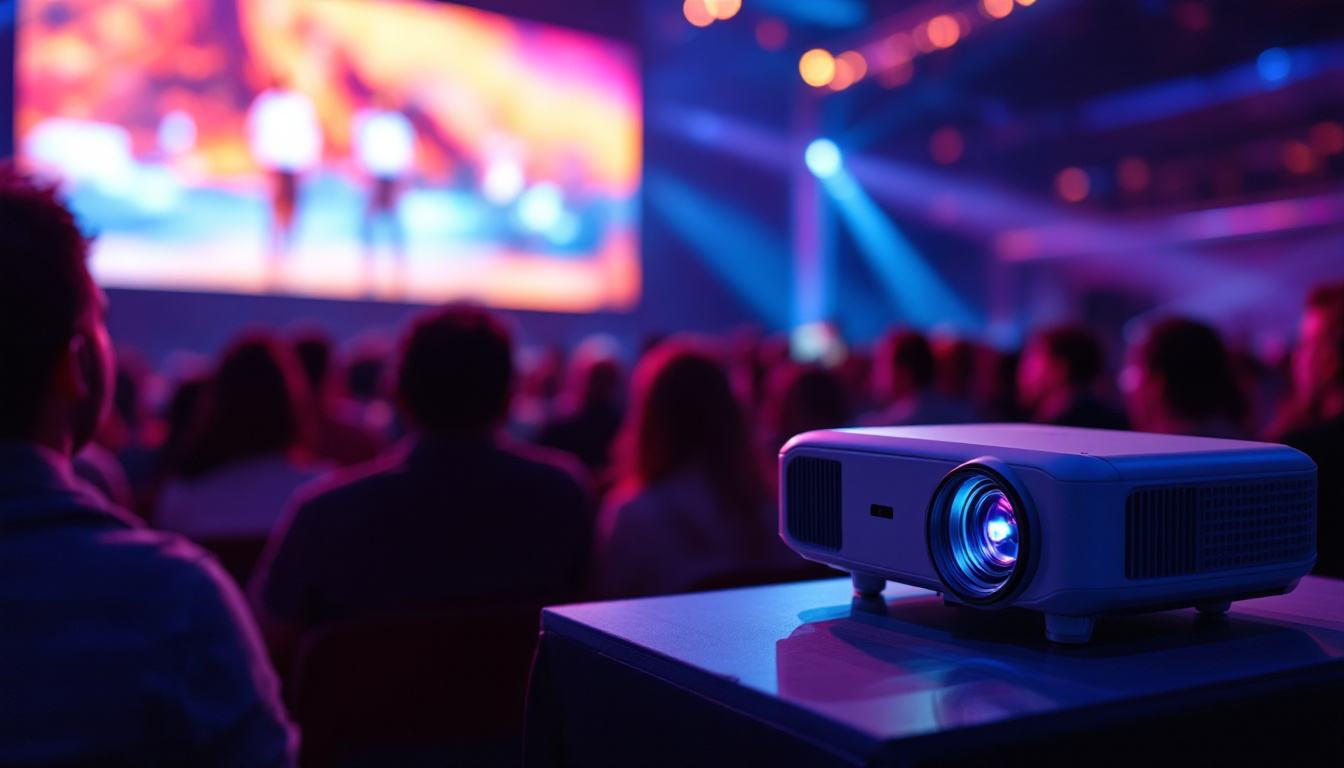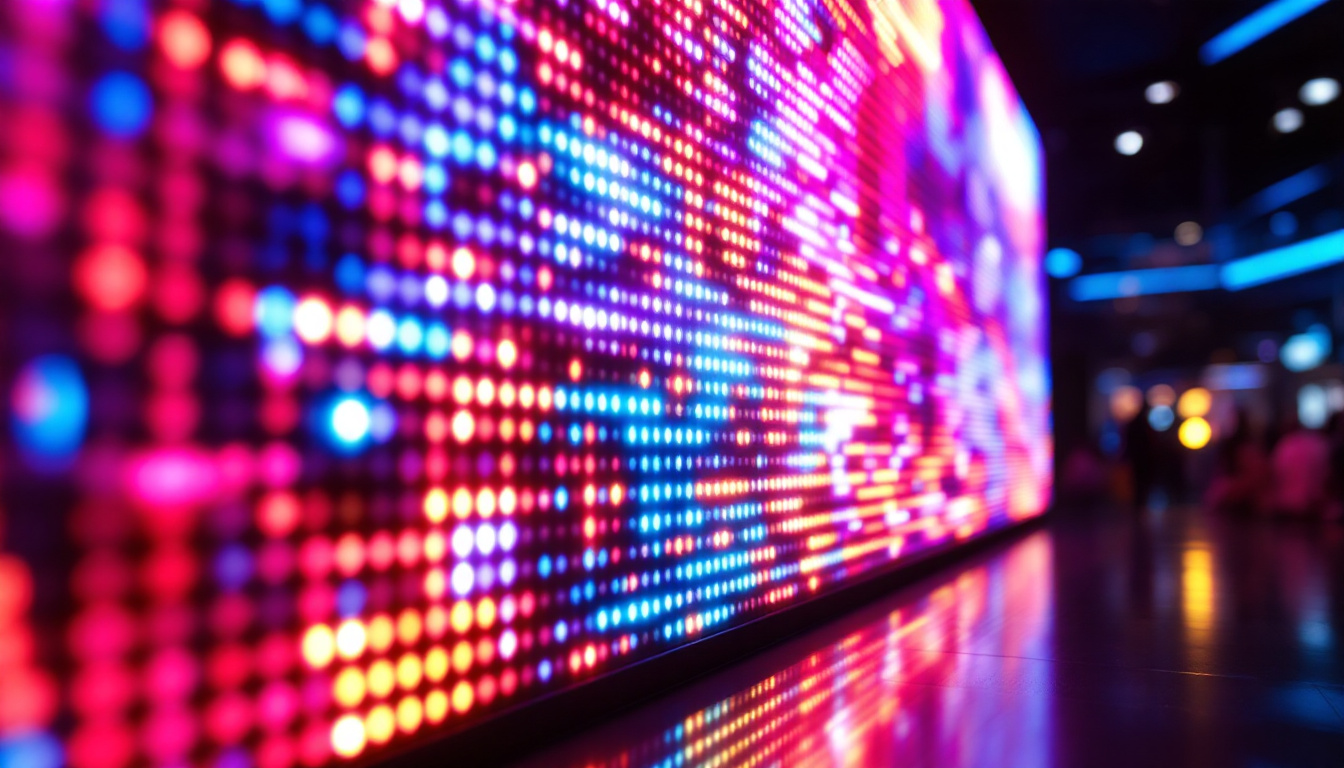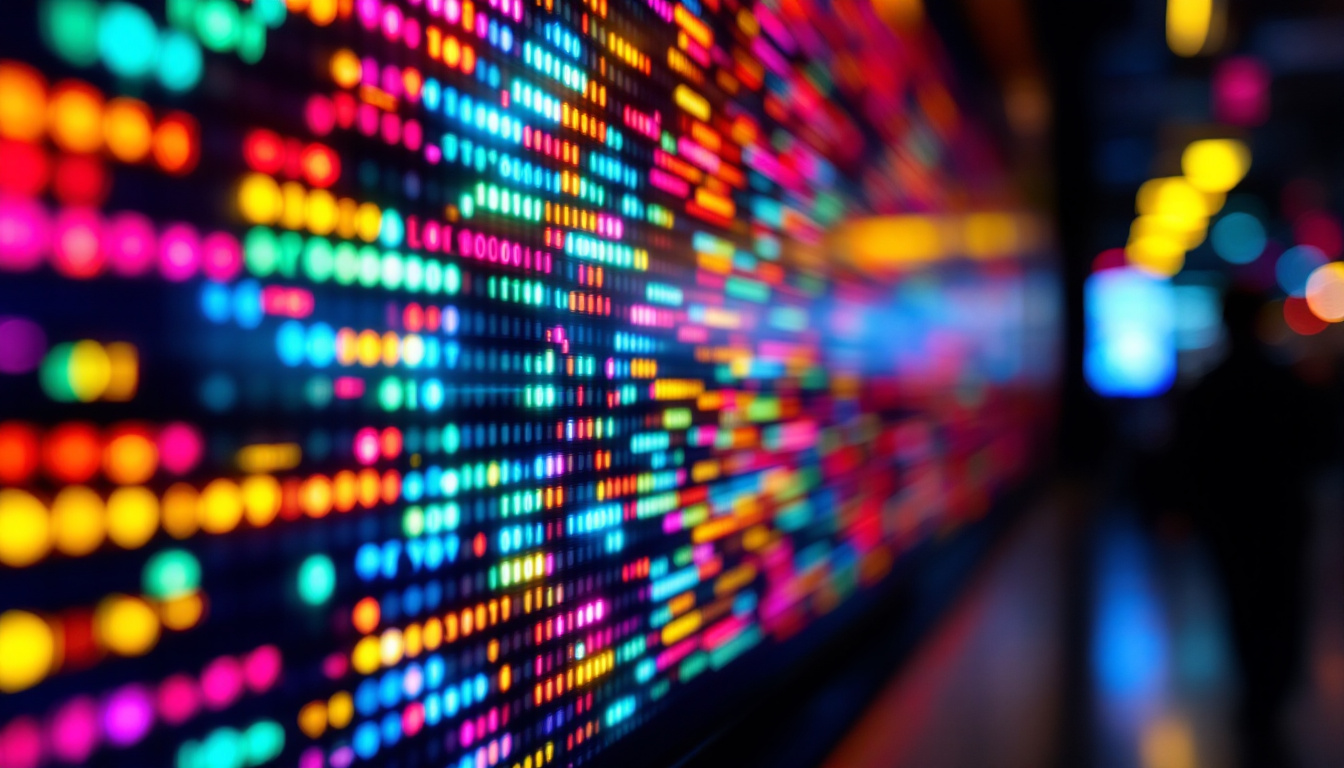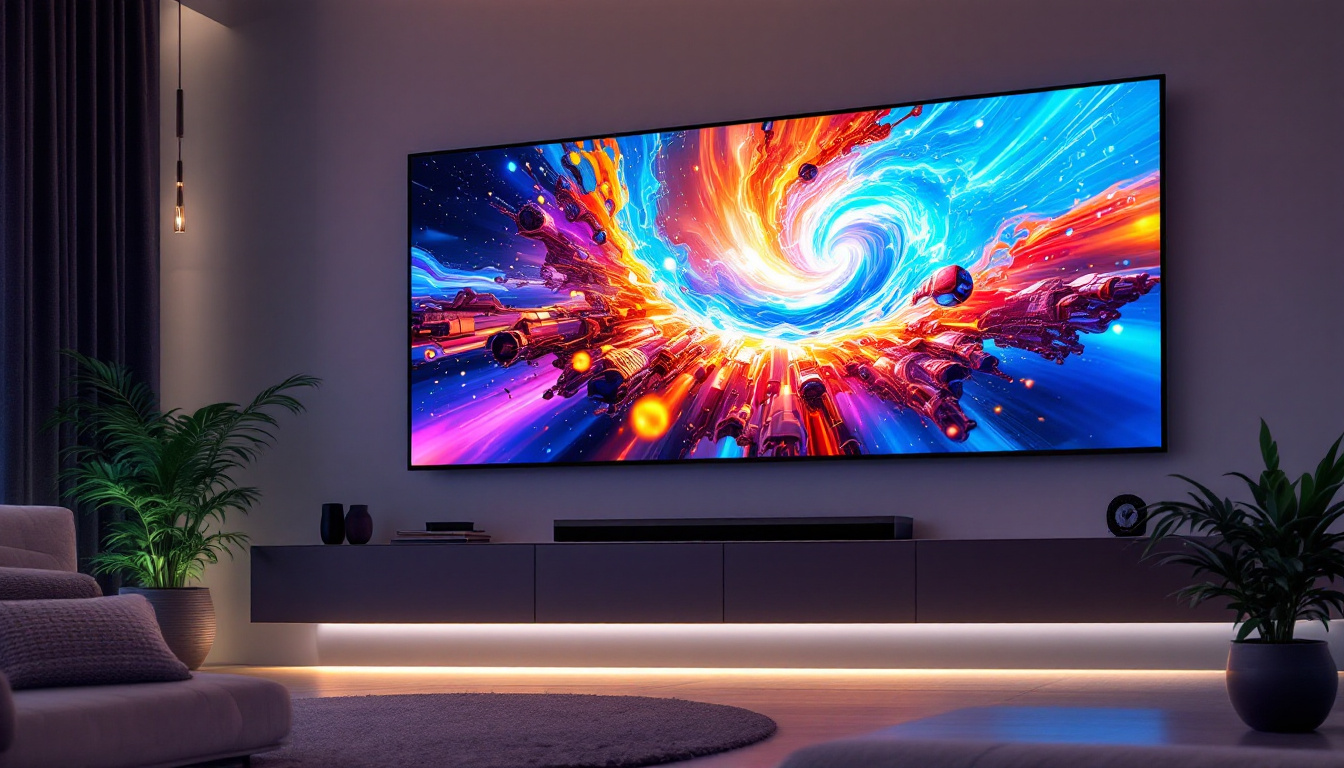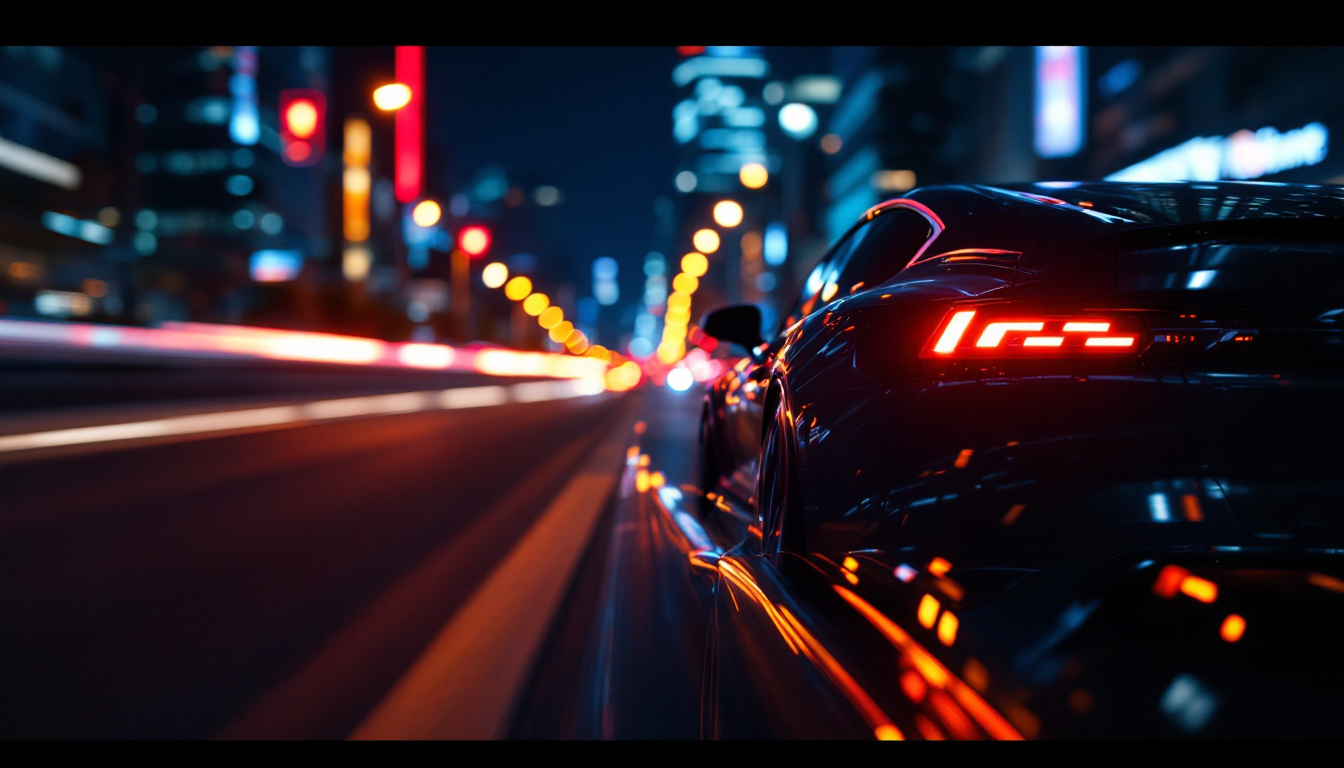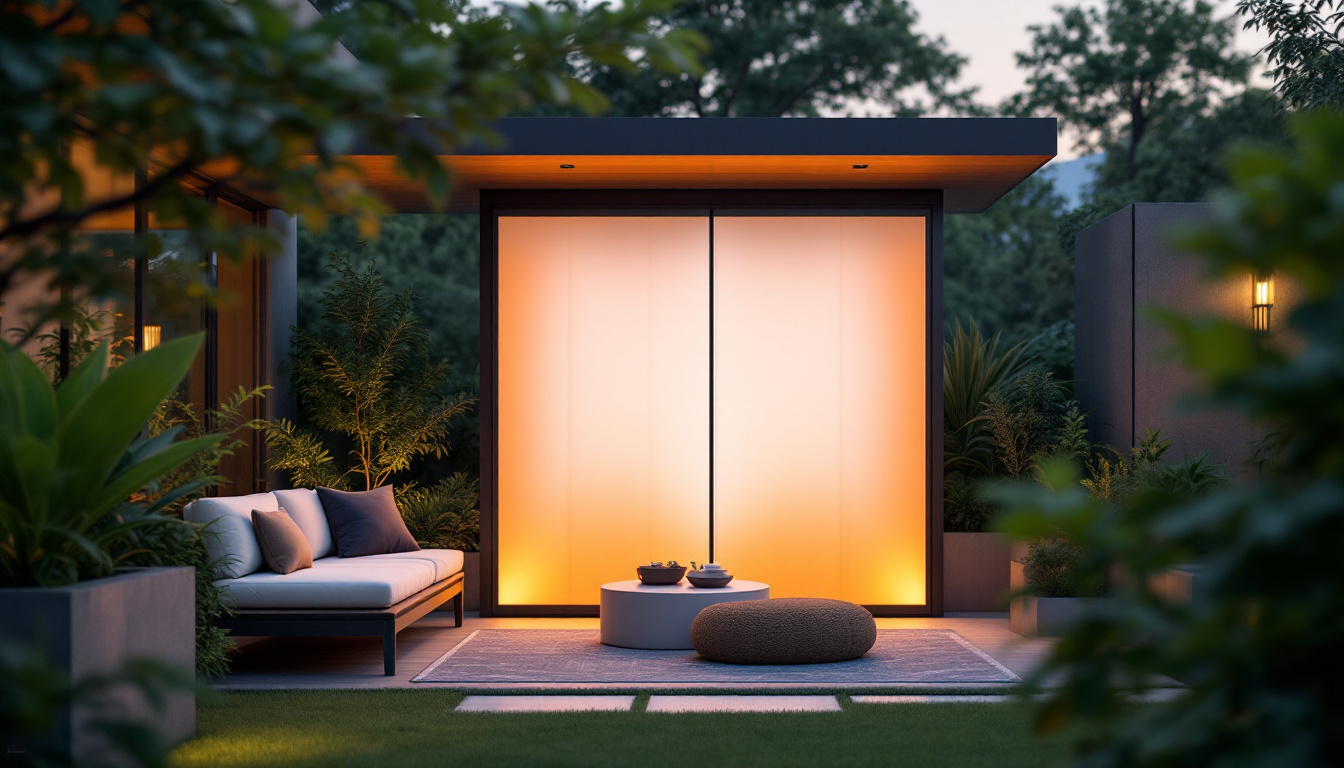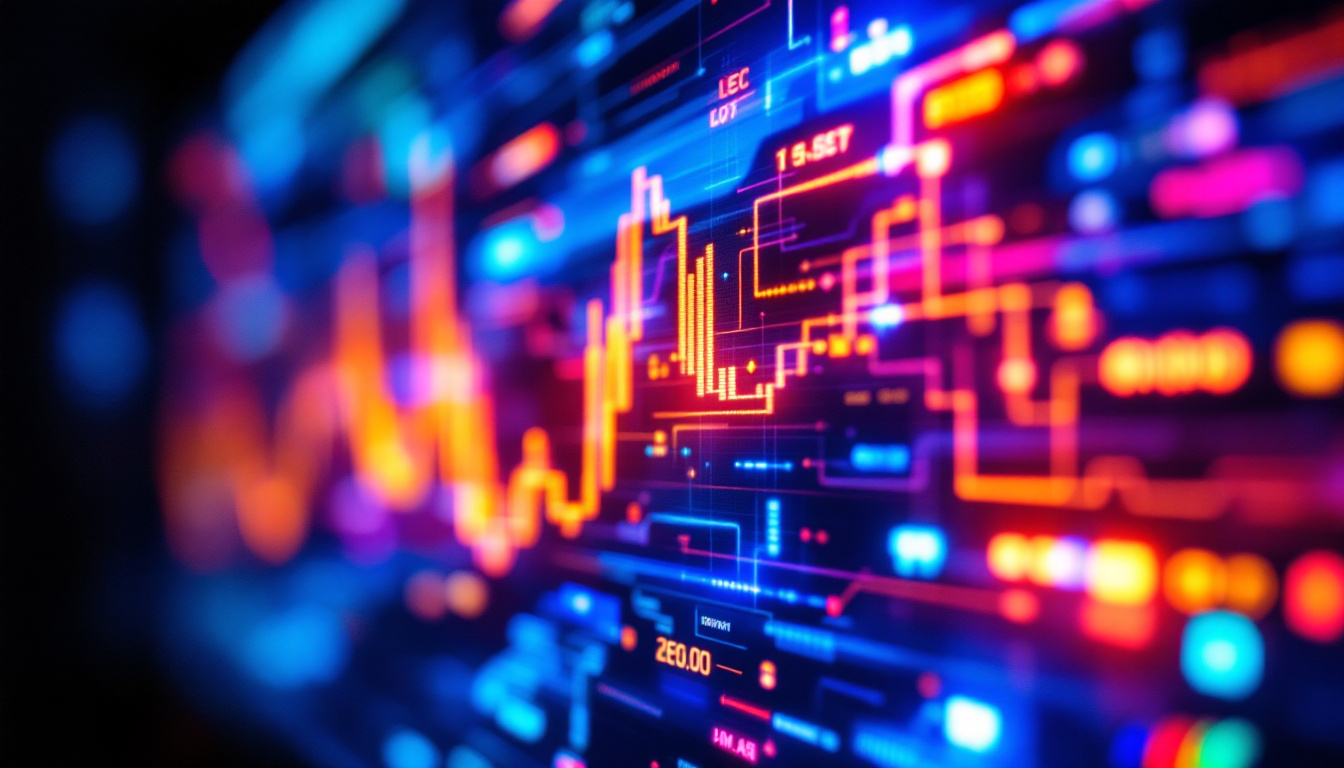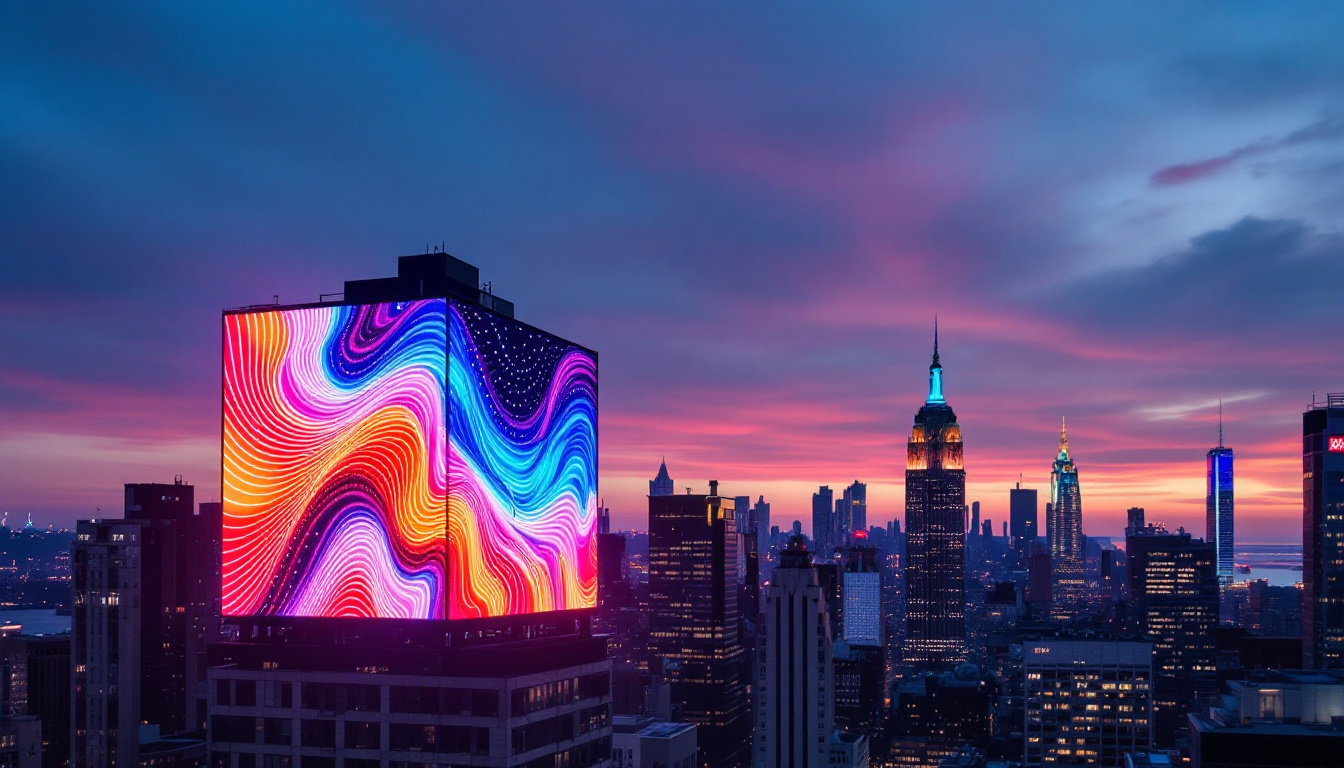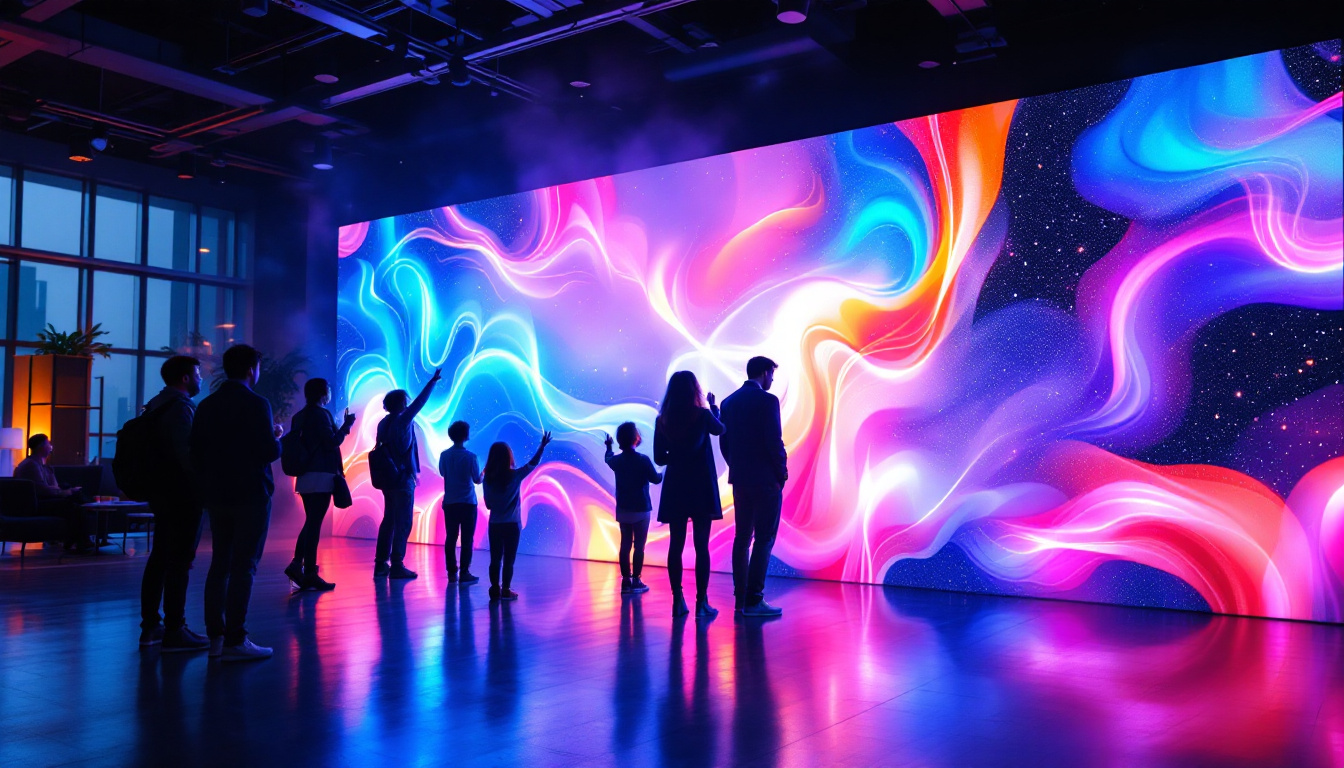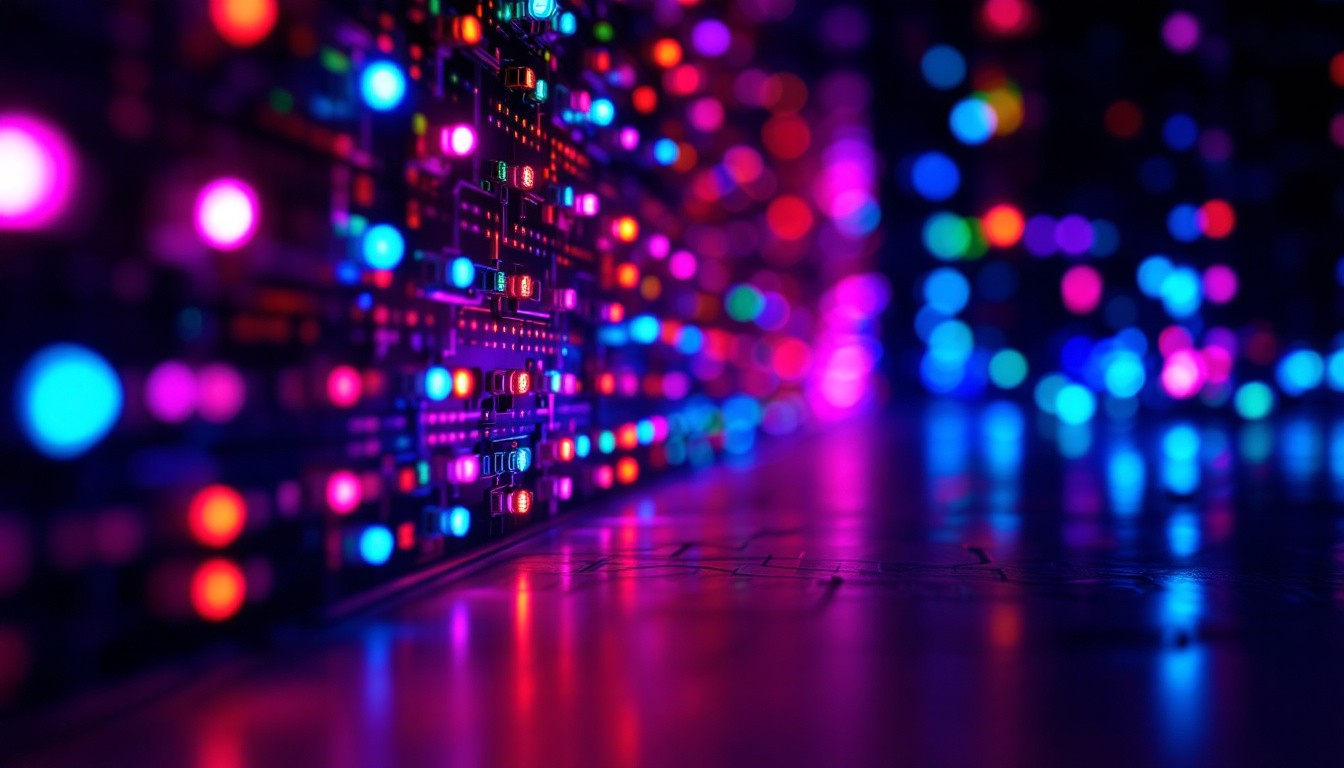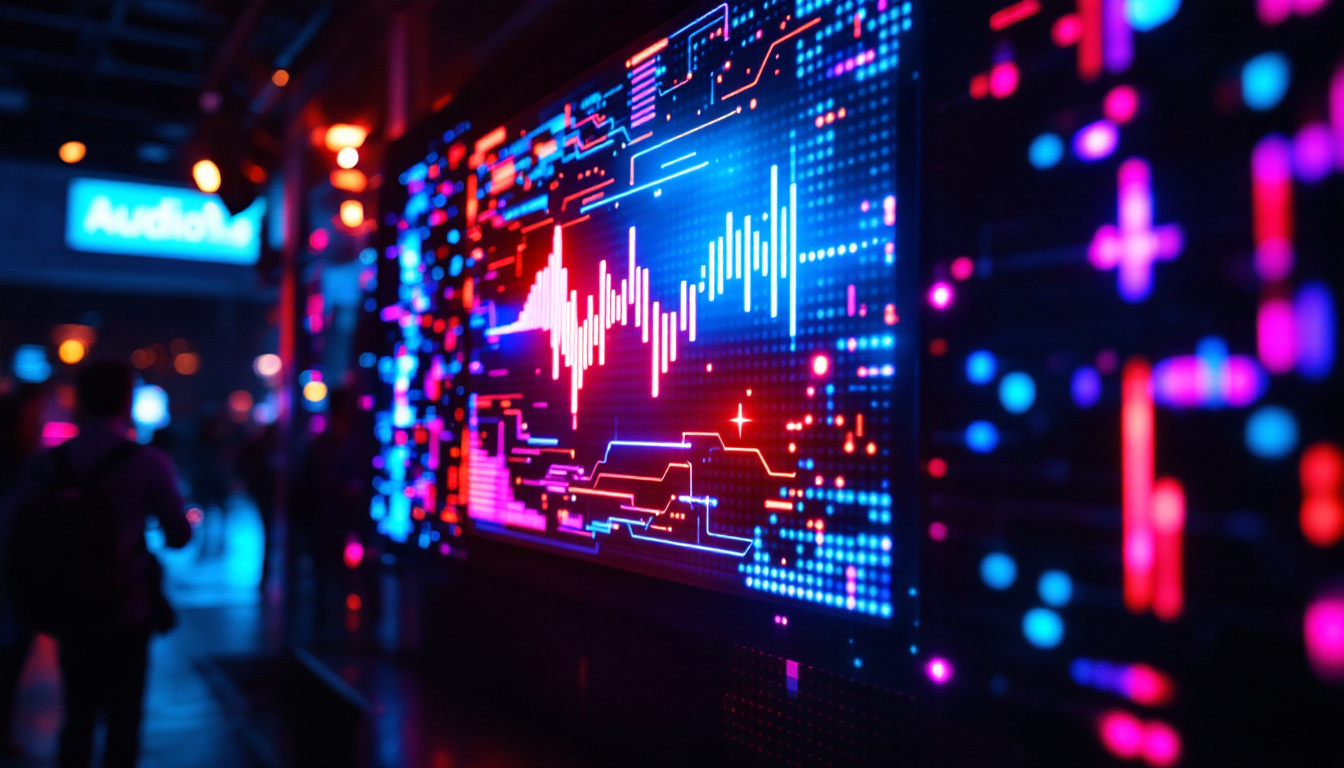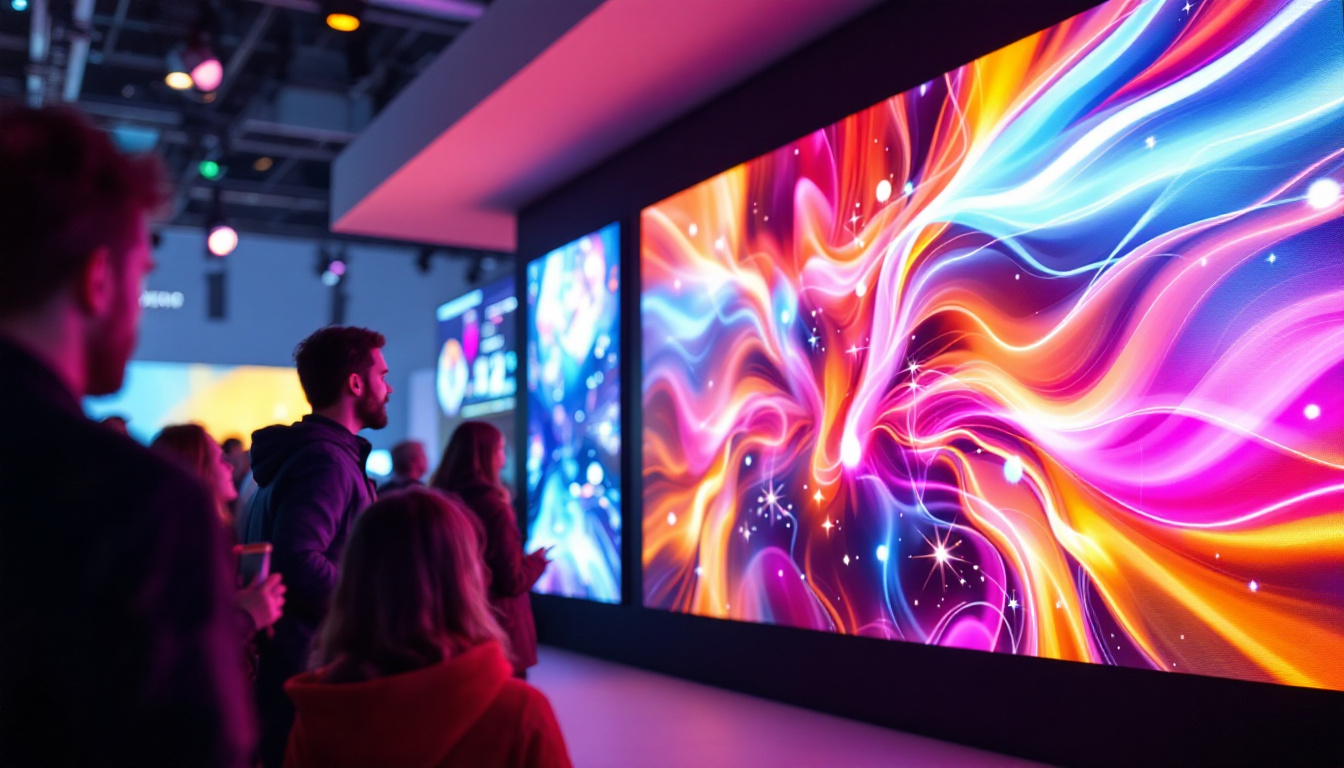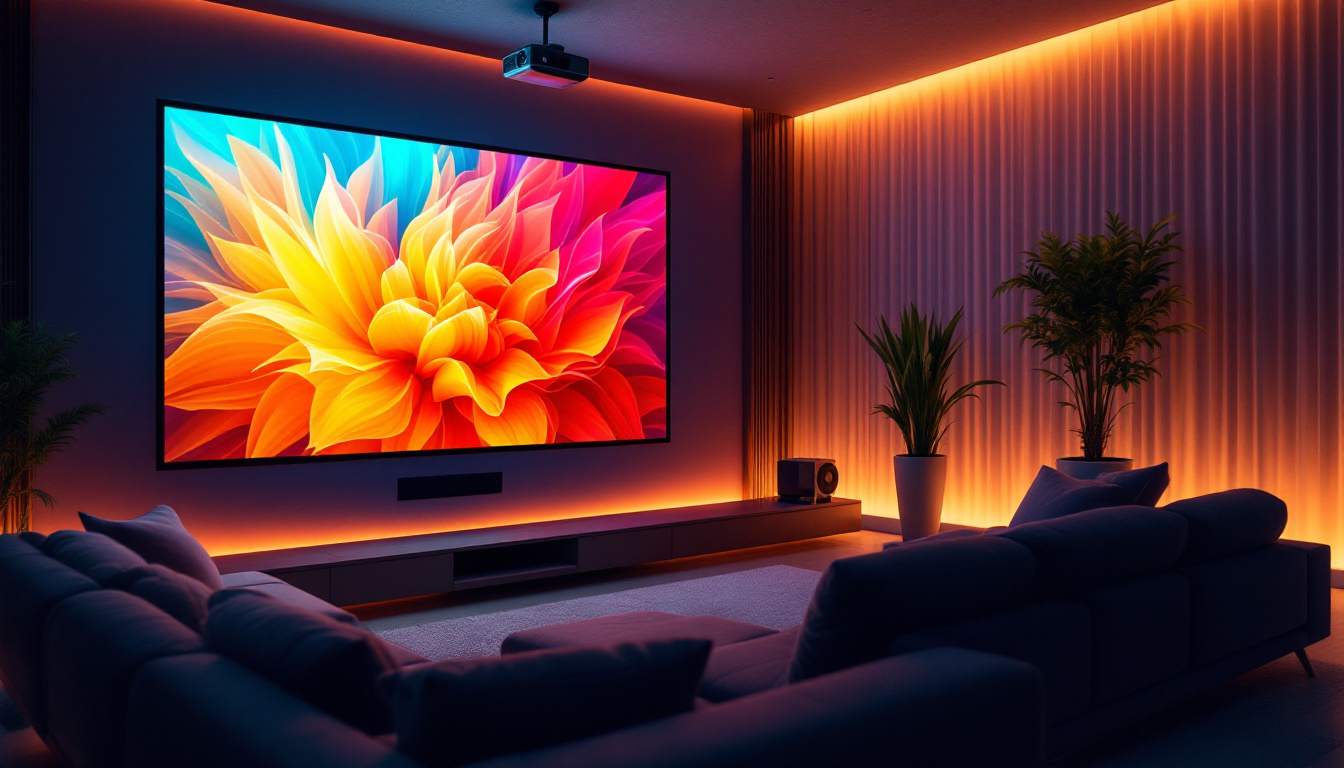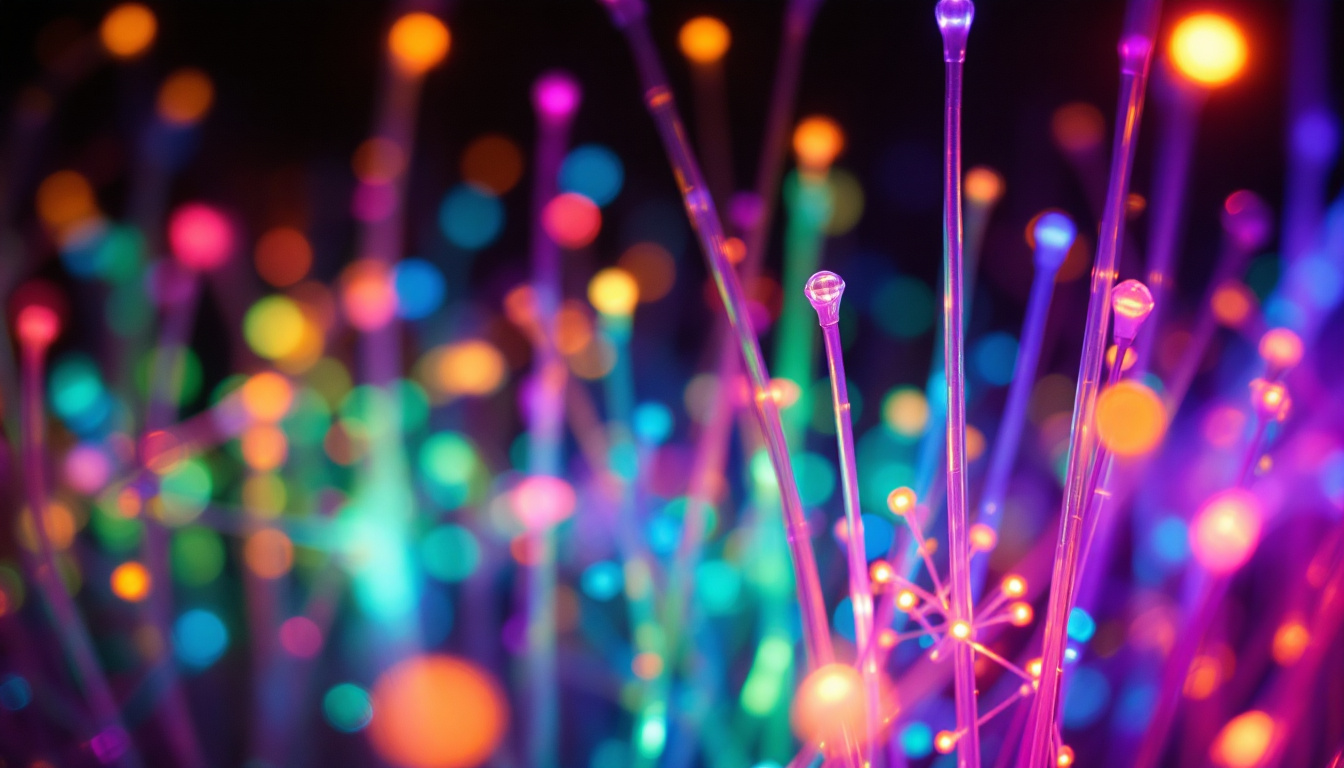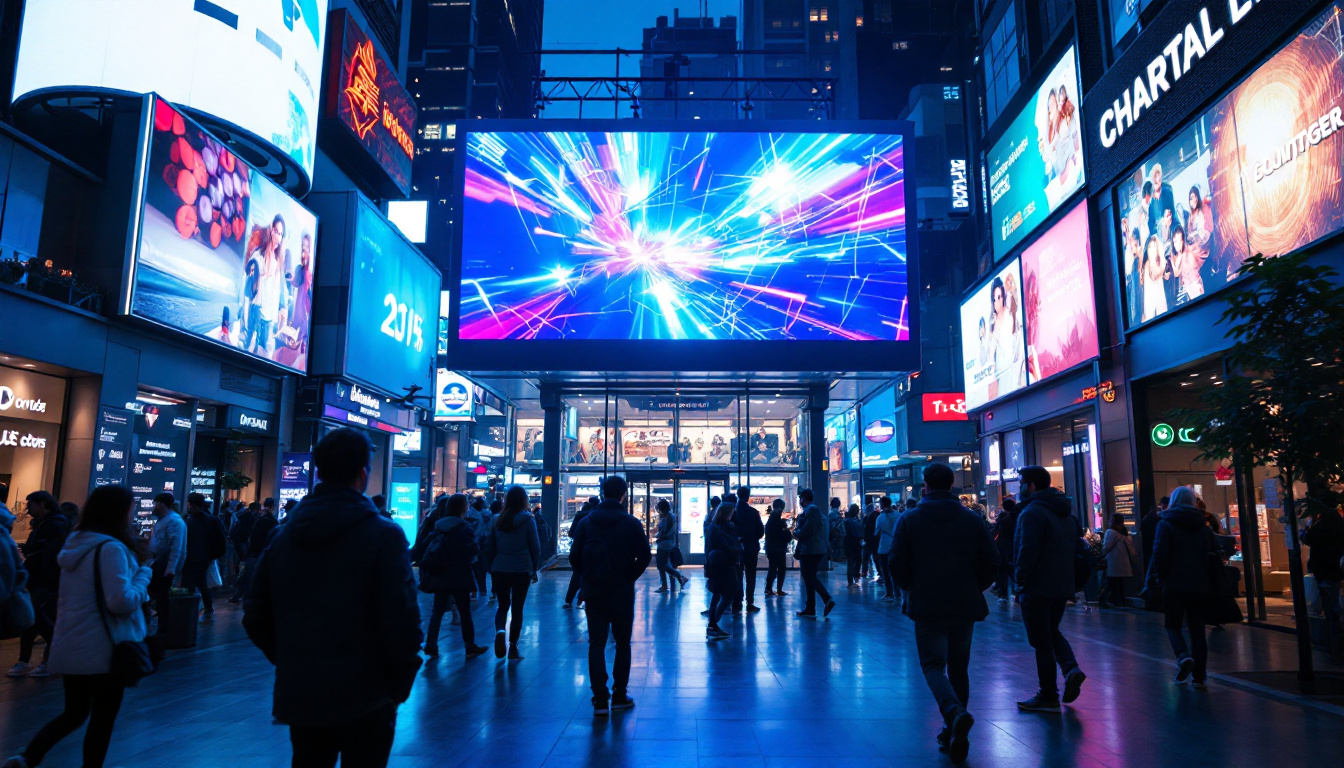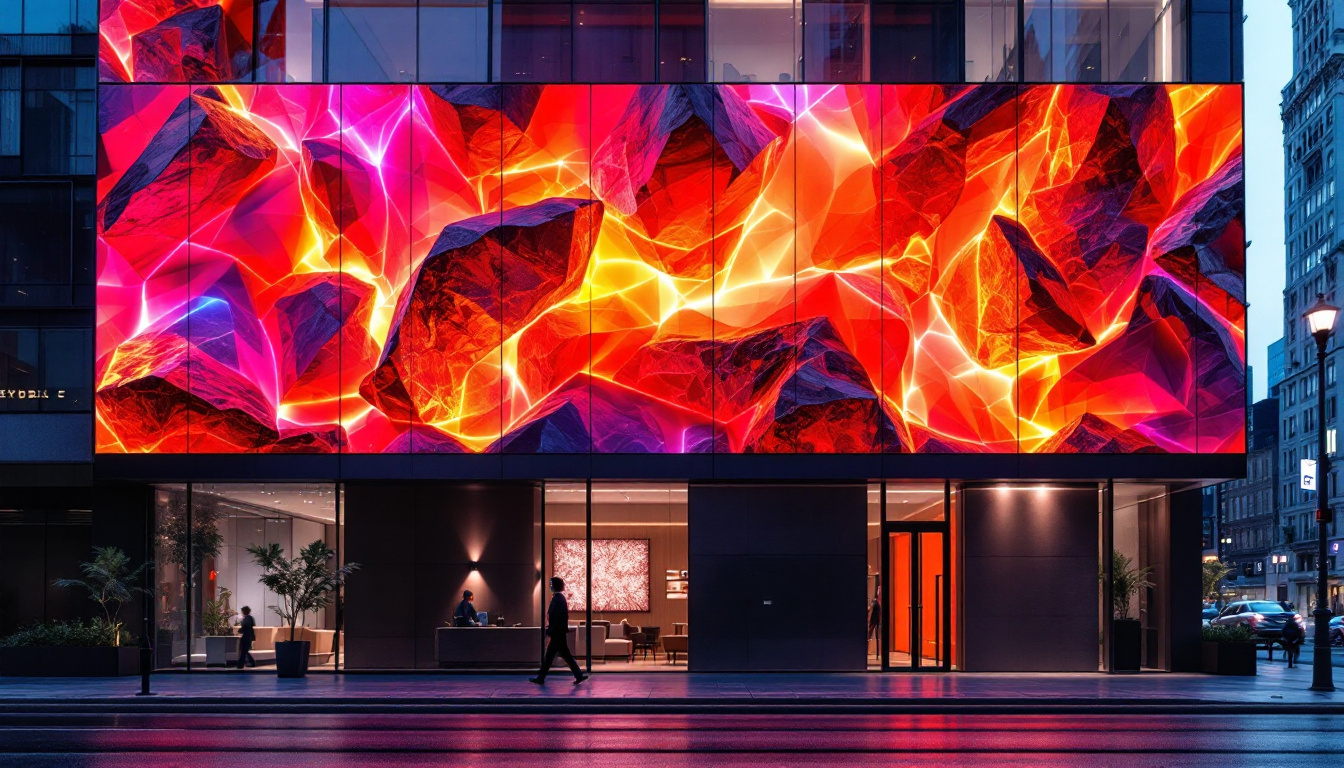In the ever-evolving world of cinema and video production, the technology behind displays plays a crucial role in how audiences experience visual storytelling. Among the various display technologies, LED (Light Emitting Diode) displays have emerged as a popular choice for filmmakers, offering vibrant colors, high brightness, and exceptional contrast ratios. This article delves into the intricacies of film resolutions and how LED displays contribute to the cinematic experience.
Understanding Film Resolutions
Film resolution refers to the amount of detail that a film image holds. It is typically measured in pixels, with higher resolutions providing more detail and clarity. The evolution of film resolutions has been driven by advancements in technology, leading to a wide range of formats that cater to different viewing experiences. As audiences demand more immersive and visually stunning content, filmmakers are continually exploring new ways to enhance resolution, pushing the boundaries of what is possible in visual storytelling.
Standard Film Resolutions
Traditionally, film resolution was defined by the physical size of the film stock used in production. Common formats included 35mm and 70mm, with 35mm being the industry standard for decades. As digital technology took over, resolutions began to be categorized in terms of pixel dimensions. The most common digital formats include:
- HD (High Definition): 1920 x 1080 pixels
- 2K: 2048 x 1080 pixels
- 4K: 3840 x 2160 pixels
- 8K: 7680 x 4320 pixels
Each of these resolutions offers a different level of detail, with 4K and 8K becoming increasingly popular for both production and exhibition. The choice of resolution can significantly impact the visual quality of a film, influencing everything from the clarity of details to the overall immersive experience. For instance, 8K resolution, while still relatively rare in mainstream cinema, is beginning to find its place in high-end productions and streaming services, promising an unparalleled level of detail that can enhance the viewer’s connection to the story being told.
Aspect Ratios and Their Importance
Aside from resolution, aspect ratio is another critical component of film presentation. The aspect ratio defines the width-to-height ratio of the image, which can affect how viewers perceive the story being told. Common aspect ratios include:
- 16:9: Standard for HD content
- 2.39:1: Commonly used in cinema for a widescreen effect
- 1.85:1: Another popular widescreen format
Filmmakers choose aspect ratios based on the narrative style and visual composition they wish to achieve. A wider aspect ratio can create a more cinematic feel, drawing audiences into expansive landscapes or intricate action sequences. For example, the 2.39:1 aspect ratio is often employed in epic films to enhance the grandeur of sweeping vistas, while a more square format, such as 1:1, might be used in artistic projects to evoke intimacy or focus attention on a central subject. The interplay between resolution and aspect ratio not only shapes the visual aesthetics of a film but also plays a crucial role in how stories are conveyed, inviting viewers to experience the narrative in a uniquely engaging way.
The Role of LED Displays in Film Production
LED displays have revolutionized the way filmmakers approach production and post-production. Their unique characteristics make them an ideal choice for various applications, from on-set monitors to large-scale screenings.
Advantages of LED Technology
One of the primary advantages of LED displays is their ability to produce bright, vibrant colors. This is particularly important in film, where color grading and visual aesthetics play a significant role in storytelling. LED displays provide a wider color gamut compared to traditional LCD screens, allowing filmmakers to accurately represent their creative vision.
Additionally, LED displays offer excellent contrast ratios, which enhance the depth and richness of images. This is especially beneficial in scenes with high dynamic range (HDR), where the difference between the darkest and brightest parts of an image is vast. The ability to display deep blacks alongside brilliant highlights creates a more immersive viewing experience.
Flexibility and Portability
Another notable feature of LED displays is their flexibility and portability. They can be configured in various sizes and shapes, making them suitable for different filming environments. Whether it’s a small studio or a large outdoor set, LED displays can adapt to the space and requirements of the production.
Furthermore, LED technology is lightweight and energy-efficient, allowing for easier transportation and setup. This is particularly advantageous for filmmakers working on location, where traditional projection systems may be cumbersome and less practical. The modular nature of LED panels also means that they can be easily assembled into larger screens, enabling filmmakers to create expansive backdrops or immersive environments that enhance storytelling.
Moreover, the durability of LED displays is a significant advantage in the often chaotic environment of film production. Unlike fragile glass screens, LED panels can withstand the rigors of on-set conditions, including temperature fluctuations and potential impacts. This resilience ensures that filmmakers can rely on their equipment without the constant worry of damage, allowing them to focus on capturing their vision without interruption.
LED Displays in Post-Production
The benefits of LED displays extend beyond the production phase; they also play a vital role in post-production processes. Color grading, editing, and visual effects are critical stages where accurate display technology is essential.
Color Accuracy and Calibration
In post-production, achieving color accuracy is paramount. LED displays can be calibrated to ensure that the colors seen on screen match the intended hues in the original footage. This is especially important for filmmakers who aim for a specific mood or atmosphere in their films.
Calibration involves adjusting the display settings to account for factors such as brightness, contrast, and color temperature. By using high-quality LED displays, post-production teams can trust that their work will translate accurately to various viewing platforms, from cinema screens to home televisions. The process often includes using specialized calibration tools and software that analyze the display’s output, allowing technicians to fine-tune settings to achieve industry-standard color profiles. This meticulous attention to detail helps ensure that the final product resonates with audiences as intended, preserving the artistic vision of the filmmakers.
Editing and Visual Effects
LED displays also enhance the editing and visual effects process. The high resolution and clarity of LED screens allow editors to scrutinize every detail of the footage, ensuring that cuts are seamless and effects are integrated flawlessly. This level of detail is crucial for maintaining the film’s visual integrity.
Moreover, LED displays support various resolutions and aspect ratios, enabling editors to work with different formats without compromising quality. This versatility streamlines the workflow and enhances collaboration among team members. Additionally, the rapid refresh rates of LED technology reduce motion blur, making it easier for editors to assess fast-moving scenes and make precise adjustments. The ability to view content in real-time without lag is a game-changer, especially when integrating complex visual effects that require immediate feedback. As teams work together, the clarity and reliability of LED displays foster a more efficient creative environment, allowing for innovative ideas to flourish without the constraints of outdated technology.
Future Trends in LED Display Technology
The landscape of LED display technology is continually evolving, with innovations that promise to further enhance the film production and viewing experience. As filmmakers push the boundaries of visual storytelling, LED displays are set to play an even more significant role.
MicroLED and OLED Advancements
MicroLED and OLED (Organic Light Emitting Diode) technologies are at the forefront of display innovation. MicroLED displays, in particular, offer even greater brightness, contrast, and color accuracy than traditional LED screens. This technology allows for the creation of modular displays, enabling filmmakers to design screens that fit specific production needs.
On the other hand, OLED technology provides deeper blacks and a more extensive color range, making it an attractive option for filmmakers looking to create visually stunning content. As these technologies become more accessible, they are likely to revolutionize both production and exhibition standards.
Integration with Virtual Reality and Augmented Reality
As virtual reality (VR) and augmented reality (AR) continue to gain traction in the film industry, LED displays are poised to play a crucial role in these immersive experiences. High-resolution LED screens can create lifelike environments that enhance storytelling in VR and AR applications.
Filmmakers can utilize LED displays to project virtual backgrounds or interactive elements, seamlessly blending real and digital worlds. This integration opens up new possibilities for creative expression and audience engagement, making it an exciting frontier for the industry.
Conclusion
LED displays have transformed the landscape of film production and exhibition, offering filmmakers unprecedented opportunities to realize their creative visions. With their vibrant colors, high brightness, and flexibility, LED technology enhances both the production and post-production processes, ensuring that films are presented in the best possible light.
As technology continues to advance, the future of LED displays in the film industry looks promising. Innovations in microLED and OLED technologies, along with the integration of VR and AR, will likely shape the next generation of cinematic experiences. Filmmakers and audiences alike can look forward to a future where storytelling is more immersive and visually captivating than ever before.
In summary, understanding film resolutions and the role of LED displays is essential for anyone involved in the film industry. As the demand for high-quality visual content grows, embracing these technologies will be key to creating compelling cinematic experiences that resonate with audiences worldwide.
Discover the Future of Visual Storytelling with LumenMatrix
Ready to elevate your cinematic projects with the latest in LED display technology? LumenMatrix is at the forefront of innovation, offering a diverse range of LED display solutions that bring your visual storytelling to life. From Indoor and Outdoor LED Wall Displays to specialized options like Vehicle, Sports, and Floor LED Displays, our cutting-edge products are designed to captivate your audience and amplify your message. Experience the transformative power of LED displays and join the revolution in visual communication. Check out LumenMatrix LED Display Solutions today and see your creative visions shine like never before.

